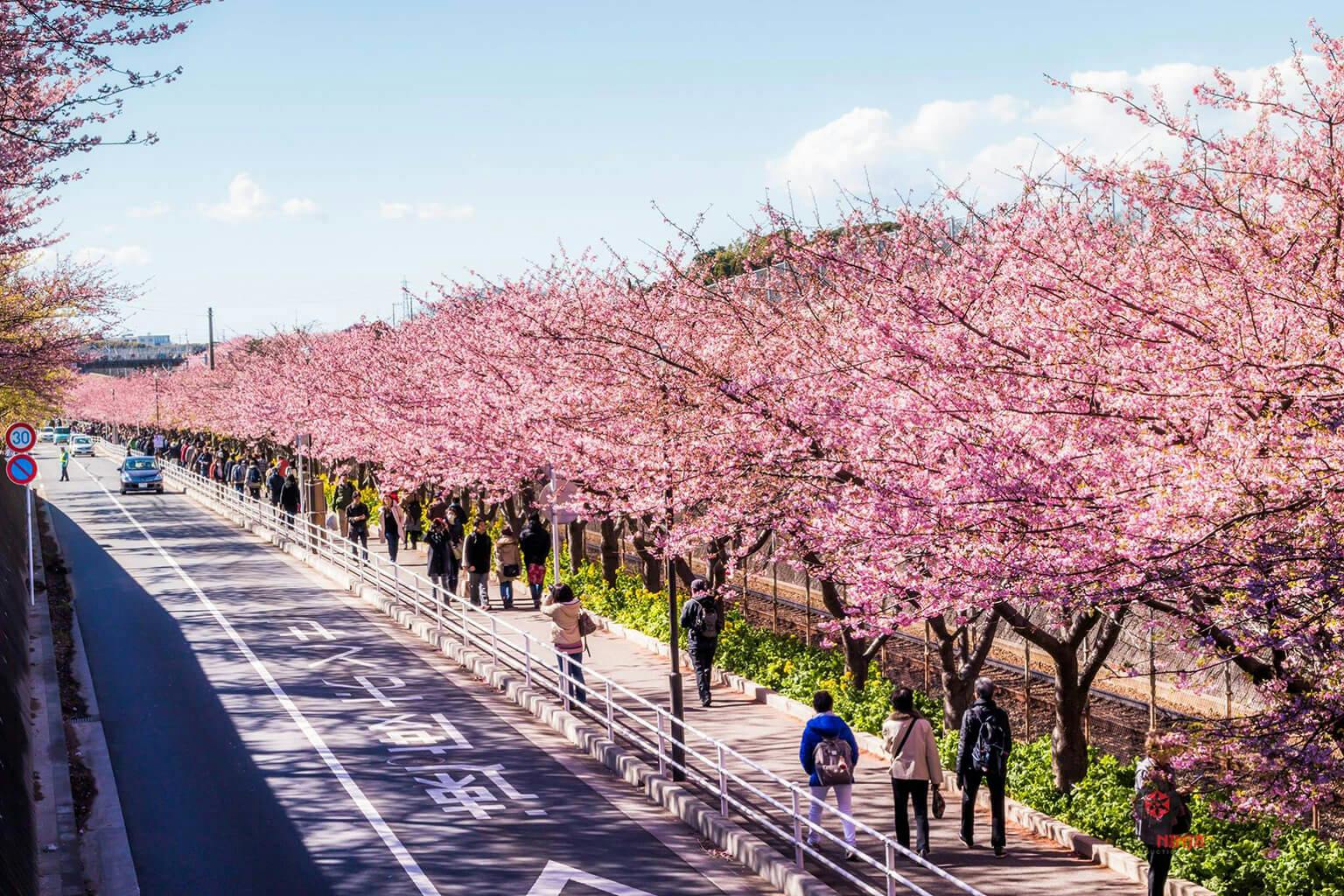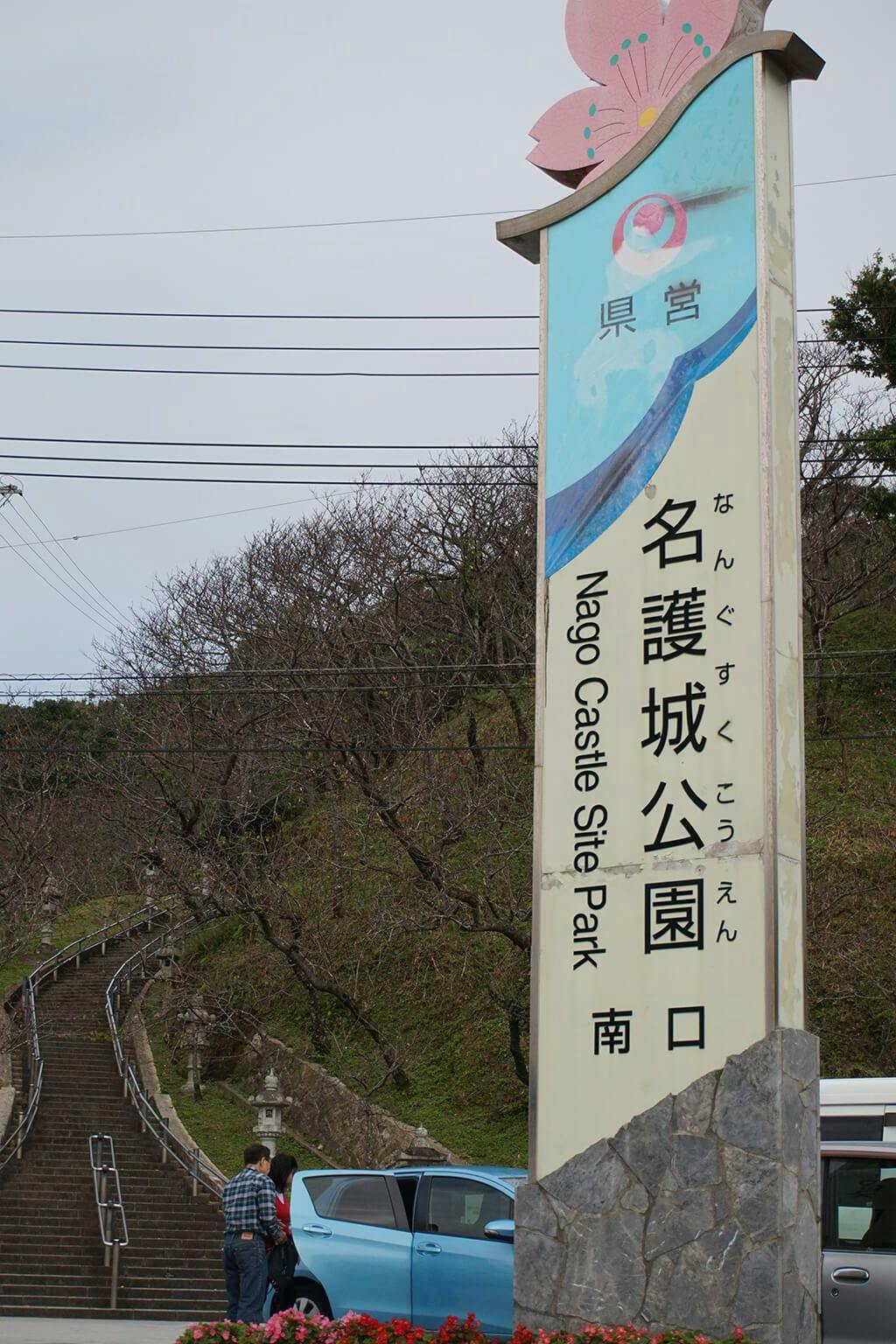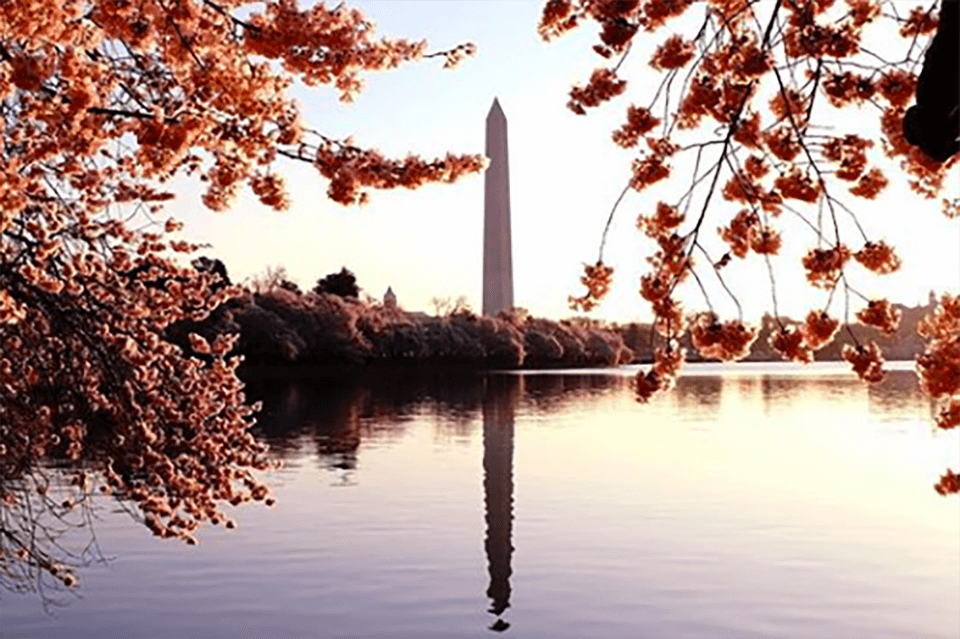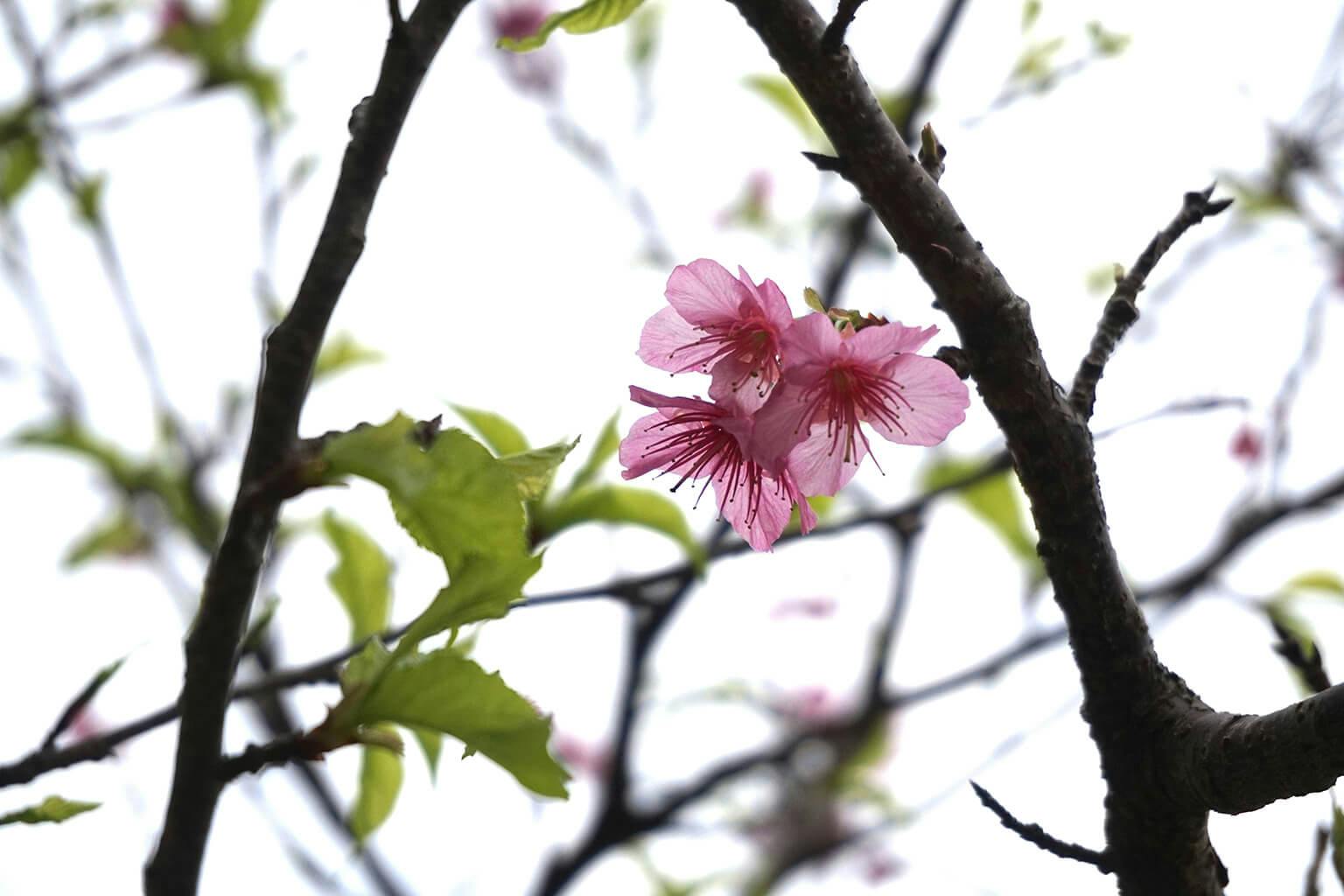Enchanting Sakura
Table of Contents
Spring is one of Japan’s most beloved seasons. It is a time of beginnings, and for sake lovers, a time to enjoy sake after the traditional brewing season (October to April). Nature itself offers its toast with an abundance of cherry blossoms, a widely recognized symbol of Japan. From blushing pink to cotton white, over 200 species of sakura adorn the country. International tourists flock to popular destinations like Fukuoka, Tokyo, and of course, the “old capital” of Kyoto, but it’s not unlikely for one to discover these cherished trees during a neighborhood stroll.

Cherry blossom in full bloom
Whether a single tree or a grove, cherry blossoms are quite captivating from every angle. When I was living in Japan, I was grateful for my neighbor’s sakura tree. I could see it everyday, and it made walking the dog much more enjoyable! If Saturdays are made for boozy brunches, sakura is made for charming bento lunches, endless gazing, and perfect Instagram-worthy photos! Each year, long before winter ends, tourists and locals alike rely on cherry blossom forecasts to make their sojourn, with many international travelers reserving accommodations at least six months in advance. Twice, I tried to make reservations in October for my favorite bed and breakfast in Higashiyama (Kyoto), thinking that it was enough time before the spring tourist season, but was already too late! This year, however, I had the chance to see the final blooms in Nago, Okinawa.

A popular viewing point of cherry blossoms in northern Okinawa, Japan | Photo by Louie Anne Batac-Nguyen
In the Western Hemisphere, cherry blossoms also decorate our nation’s capital during the National Cherry Blossom Festival in Washington, D.C., a grand symbol of friendship between the United States and Japan. The lush sakura that adorn the White House grounds and East Potomac Park is all thanks to a travel writer who convinced First Lady Helen Herron Taft to plant the trees in 1912. A total of 3,000 trees were gifted from Tokyo. Today, the festival draws thousands of visitors and features a parade, kayaking and biking tours, cruises, kite flying, a concert and more! There is also a bloom watch and history chart for planning purposes.

Sakura blooms beautifully frame the Washington Monument
For those unable to see the cherry blossoms in person, you can still enjoy the taste and fragrances of sakura through sake!
One of my personal spring-inspired favorites is Hana Kizakura given its light and easy-to-drink character. This is how I introduced my family to sake and they love it so much that we now call it “Hana” for short! Another one from Kyoto that we drink at home is Shinsei Junmai Daiginjo. The touch of marshmallow is just right to satisfy our sweet tooth but also leans slightly on the dry side. I haven’t had the pleasure yet of drinking Tatsuriki “Nihon no Sakura Gold” (literally translated as “Japan’s Cherry Blossom Gold”), but I imagine it to be very good considering it’s made from Yamadanishiki rice. I hope that I’ll get to try it one of these delightful days, underneath a cherry blossom tree.
What kinds of things are you doing this spring?
Kampai!

Louie Anne Batac-Nguyen
Louie Anne lived and worked in beautiful Okinawa, Japan for 10 years, and brings with her a deep appreciation for Japanese culture. As a cultural writer and editor, she seeks to share her experiences and bridge connections with fellow travelers and dining enthusiasts.
Learn about Tippsy’s Editorial process
Recent posts
All about sake
Sign up to receive special offers and sake inspiration!








